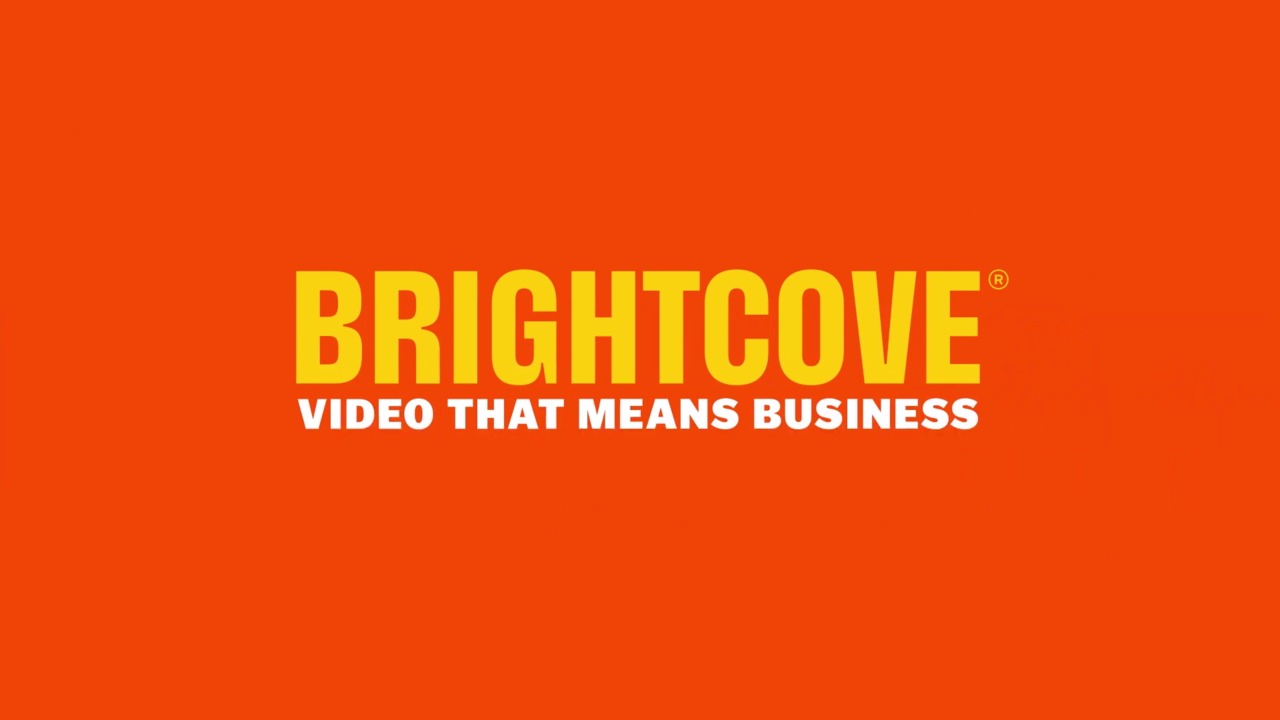![]() The Next Web had an interesting post a few weeks ago asking the question, "Why is the Web so quiet?" Given that sound is a huge portion of the experience in other media like TV and Film, the Ian Chattam asks, "Why is it then that such a large proportion of the web is a soundless vacuum? Could we be missing a trick here?"
The Next Web had an interesting post a few weeks ago asking the question, "Why is the Web so quiet?" Given that sound is a huge portion of the experience in other media like TV and Film, the Ian Chattam asks, "Why is it then that such a large proportion of the web is a soundless vacuum? Could we be missing a trick here?"
I get his point: that websites, aside from flash-heavy restaurant splash pages, tend not to feature aural mnemonics to accompany brand logos and to cue feedback for clicks. He's proposing that perhaps the The Next Web might have a sound profile, that compliments a website's particular look and feel. "What if there was a palette of sounds in addition to a palette of colours? A collection of sounds which, when taken as a whole with the look and feel of the site, enhanced the experience?"
While there may be more work to be done in adding aural cues to the experience of the Web, it is certainly not a vacuum devoid of all sonic elements today. And I'm not just talking about websites like Pandora where audio is the main feature. Even news sites like the New York Times are using sound and image to tell stories. Brands are bringing their products to life and showcasing their employees and culture by using image and sound.
And that's where video comes in. Whether viewers click to start or video auto-plays upon loading, the Web has been made richer with images and soundtracks provided by online video.
It's been our mission at Brightcove to publish and distribute the world's professional digital media. Here's our founder, Jeremy Allaire speaking about we've been instrumental in helping video become as ubiquitous as text on the Web. Turn up those speakers and listen!

